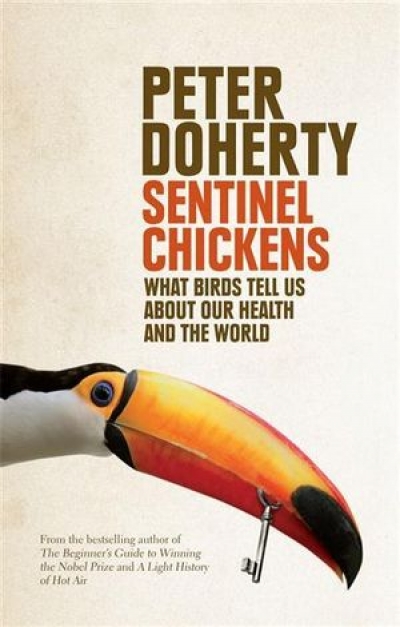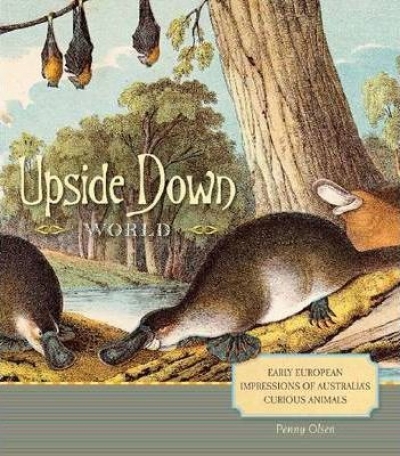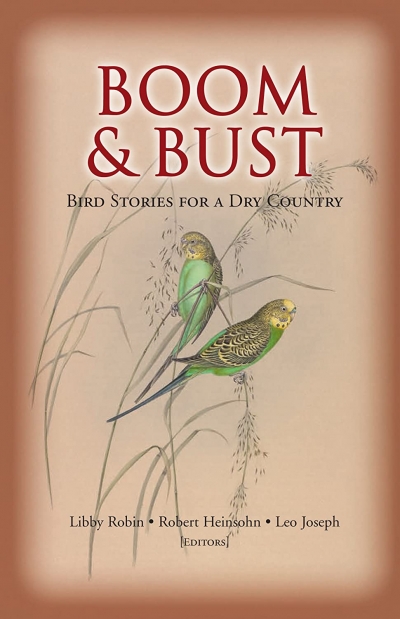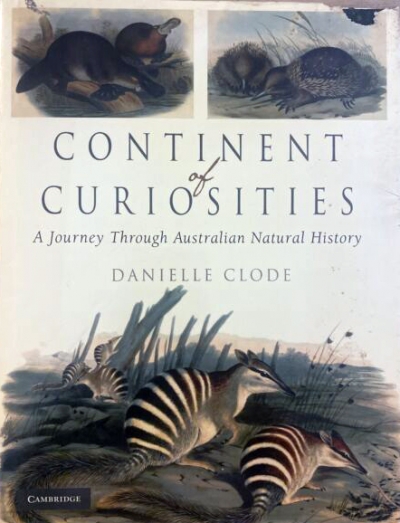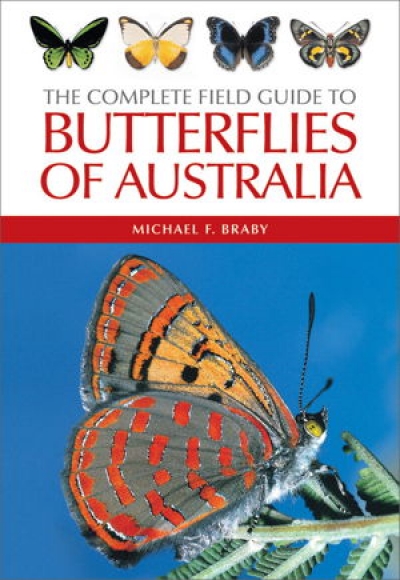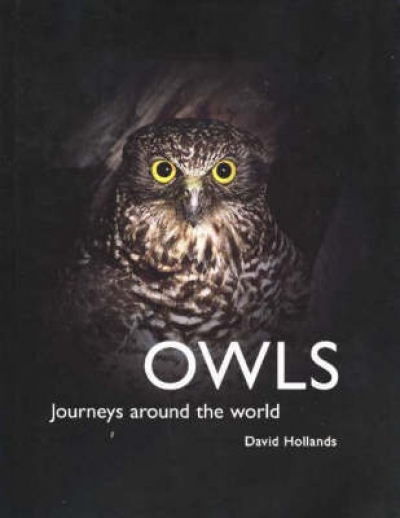Peter Menkhorst
Sentinel Chickens: What Birds Tell Us about Our Health and the World by Peter Doherty
by Peter Menkhorst •
Upside Down World: Early European Impressions of Australia’s Curious Animals by Penny Olsen
by Peter Menkhorst •
Boom & Bust: Bird stories for a dry country edited by Libby Robin, Robert Heinsohn and Leo Joseph
by Peter Menkhorst •
The Wisdom of Birds: An illustrated history of ornithology by Tim Birkhead
by Peter Menkhorst •
Continent of Curiosities: A journey through Australian natural history by Danielle Clode
by Peter Menkhorst •
The Complete Field Guide to Butterflies of Australia by Michael F. Braby
by Peter Menkhorst •
Handbook Of Australian, New Zealand And Antarctic Birds: Volume 6: Pardalotes To Shrike-Thrushes edited by P.J. Higgins and J.M. Peter
by Peter Menkhorst •

